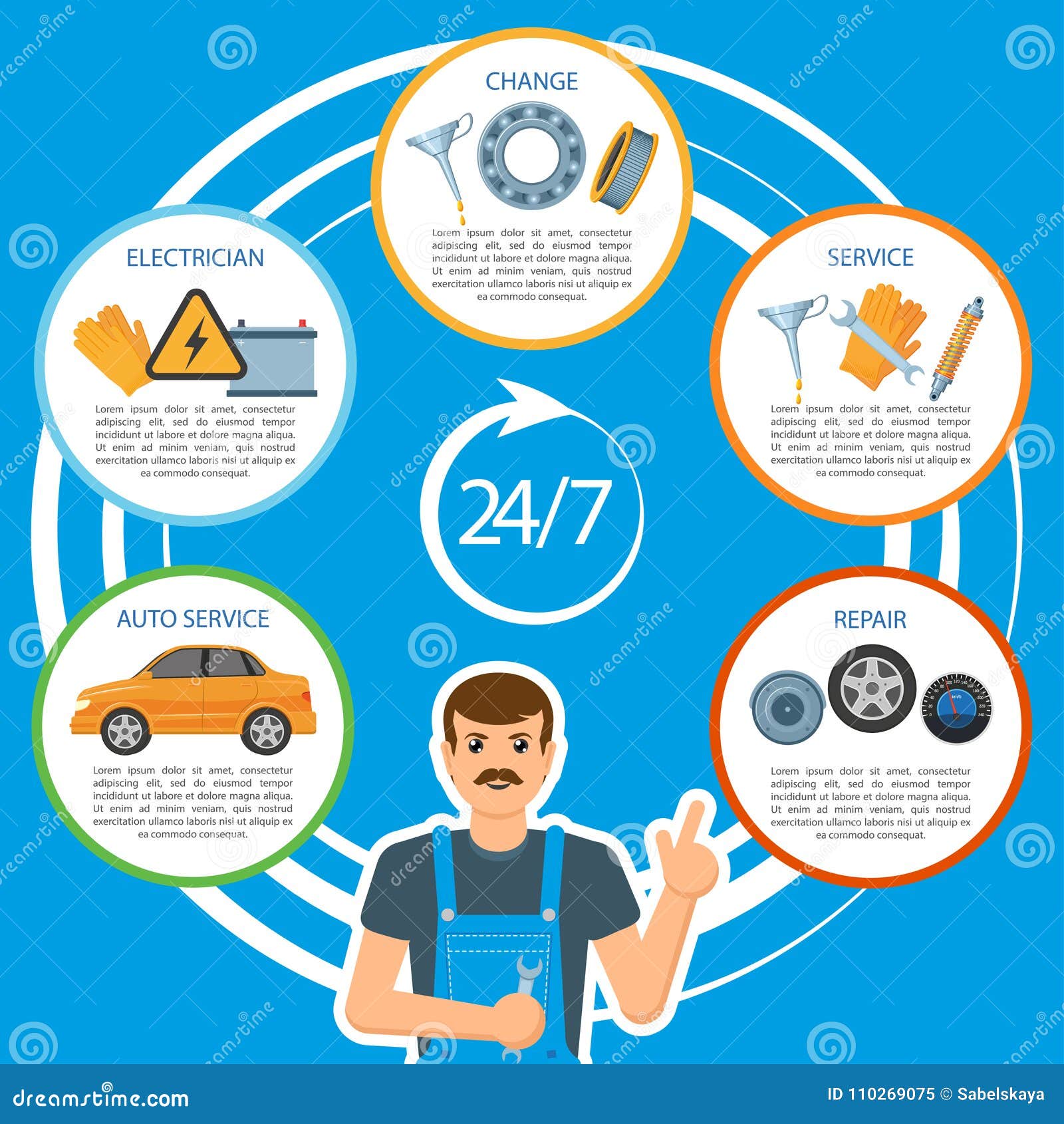Comprehending The Definition Behind Your Car'S Warning Lighting: An In-Depth Look
Comprehending The Definition Behind Your Car'S Warning Lighting: An In-Depth Look
Blog Article
Post Author-Samuelsen Stark
When you're behind the wheel, those beautiful caution lights on your control panel can be a little bit difficult. Do you understand what they're trying to inform you regarding your vehicle's health? Understanding the significance of these lights is essential for your safety and the durability of your lorry. So, the next time among those lights pops up, would not you want to decode its message properly and take the needed steps to address it?
Common Warning Lighting and Interpretations
Recognize common warning lights in your car and understand their meanings to make certain risk-free driving.
The most common warning lights include the check engine light, which indicates problems with the engine or exhausts system. If this light begins, it's essential to have your lorry inspected immediately.
The oil pressure cautioning light suggests reduced oil pressure, requiring instant interest to prevent engine damage.
A blinking battery light could suggest a defective charging system, possibly leaving you stranded otherwise attended to.
The tire stress monitoring system (TPMS) light signals you to low tire pressure, impacting automobile stability and gas efficiency. Ignoring this can lead to harmful driving conditions.
The abdominal muscle light suggests a trouble with the anti-lock stopping system, endangering your ability to stop quickly in emergencies.
Lastly, the coolant temperature alerting light warns of engine getting too hot, which can result in severe damages otherwise dealt with swiftly.
Understanding Read Even more will certainly aid you resolve problems promptly and maintain secure driving conditions.
Relevance of Prompt Interest
Comprehending the usual warning lights in your cars and truck is only the primary step; the relevance of without delay dealing with these cautions can't be highlighted sufficient to guarantee your safety and security on the road.
When a warning light brightens on your control panel, it's your auto's way of interacting a prospective concern that needs attention. Overlooking these cautions can cause much more extreme issues down the road, endangering your security and possibly costing you much more out of commission.
have a peek at this web-site to cautioning lights can prevent malfunctions and mishaps. As an example, a blinking check engine light could suggest a misfire that, if left neglected, might create damage to the catalytic converter. Resolving this without delay can conserve you from a costly repair.
In a similar way, a brake system cautioning light may signal reduced brake liquid or used brake pads, essential components for your safety when driving.
Do It Yourself Troubleshooting Tips
If you see a caution light on your control panel, there are a few do it yourself troubleshooting ideas you can try before seeking expert assistance.
The first step is to consult your vehicle's manual to recognize what the details caution light suggests. In cardetailingnearlairport can be as basic as a loose gas cap causing the check engine light. Tightening the gas cap might fix the issue.
One more common concern is a reduced battery, which can trigger numerous advising lights. Examining the battery links for deterioration and guaranteeing they're secure may fix the problem.
If a caution light persists, you can try resetting it by separating the auto's battery for a couple of minutes and then reconnecting it. Furthermore, checking your car's liquid degrees, such as oil, coolant, and brake liquid, can help repair alerting lights connected to these systems.
Verdict
To conclude, recognizing your auto's caution lights is necessary for keeping your car running smoothly and safely. By promptly dealing with these signals and recognizing what they indicate, you can stay clear of pricey repair services and potential failures.
Keep in mind to consult your auto's guidebook for particular information on each advising light and act appropriately to ensure a trouble-free driving experience.
Stay notified, stay safe when traveling!
